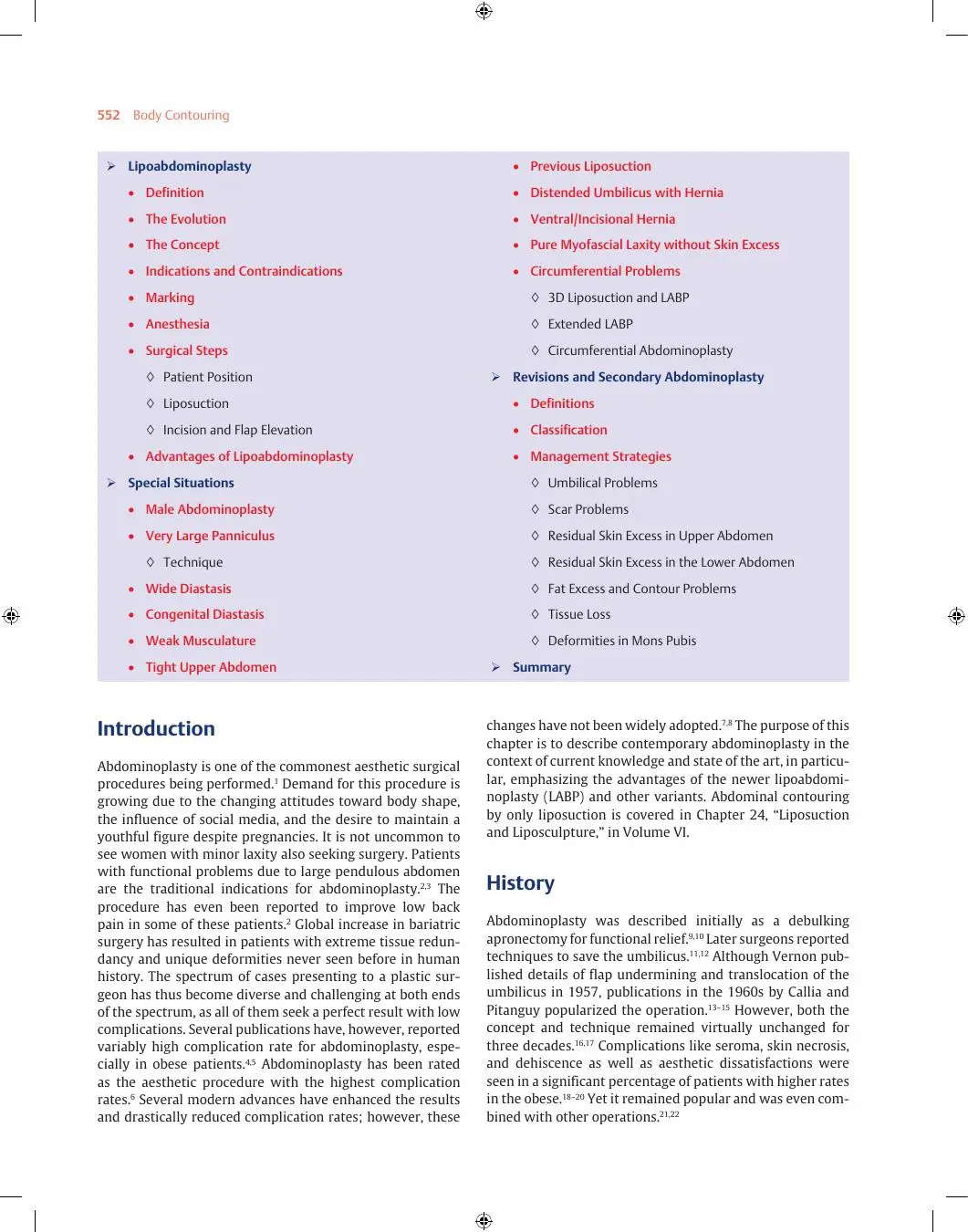Consultation: Your consultation will involve the taking of a full medical history, which will include information about any previous surgery, your past pregnancies, allergies, your weight history, and any medications you may be taking. You will also be examined both standing and lying down to determine the amount of skin and fat excess, the skin tone and the condition of your abdominal muscles. It is important to rule out whether or not you have a hernia as well. Your plans of future pregnancy and intended weight loss should be discussed with your surgeon so that you may be guided appropriately.
Individual factors and personal preferences will determine the technique used along with the length and site of the scar. Some patients may be better candidates for what is known as a “mini-abdominoplasty” in which the scars are shorter and only the lower abdomen is addressed. Generally, however, the incision lies just above the pubic area and extends laterally toward the pelvic bones. Its extent and design will be based on how much skin is to be removed and what type of bathing suit/ undergarments you prefer to wear. If there is excess skin above the navel, then you will require an incision around the navel to allow the pulling down of this skin. This will not change the position of your navel. It will be possible to tighten the abdominal muscles if required through the lower incision. In women with fatty abdomen it is necessary to combine liposuction of the abdomen with abdominoplasty [see lipoabdominoplasty below] to give a uniform and pleasing aesthetic result. The back can also be addressed in the same operation [extra charges applicable] to do a circumferential treatment.
Abdominoplasty procedure offers a transformative solution for a flatter, toned, and more sculpted abdomen.






